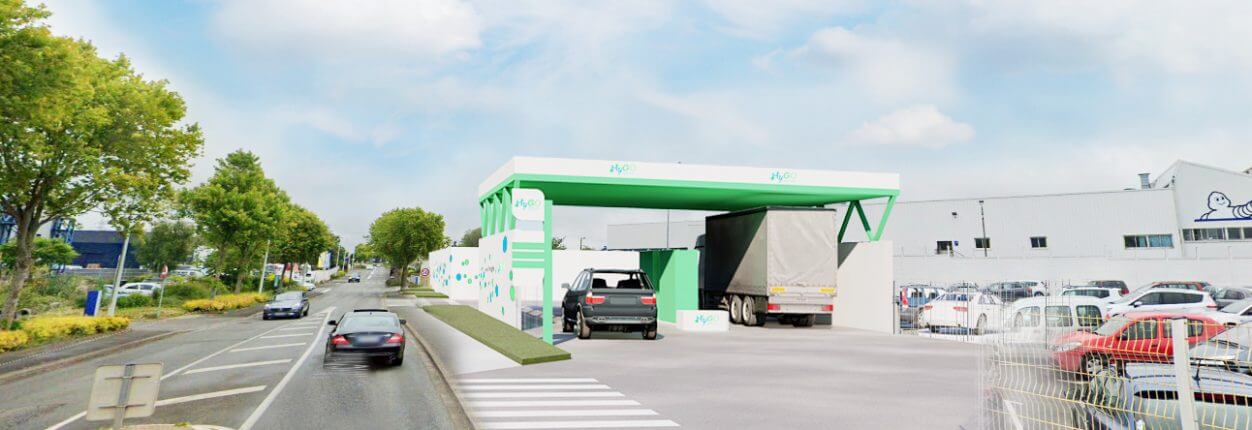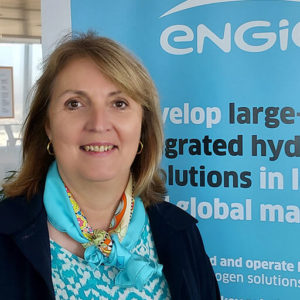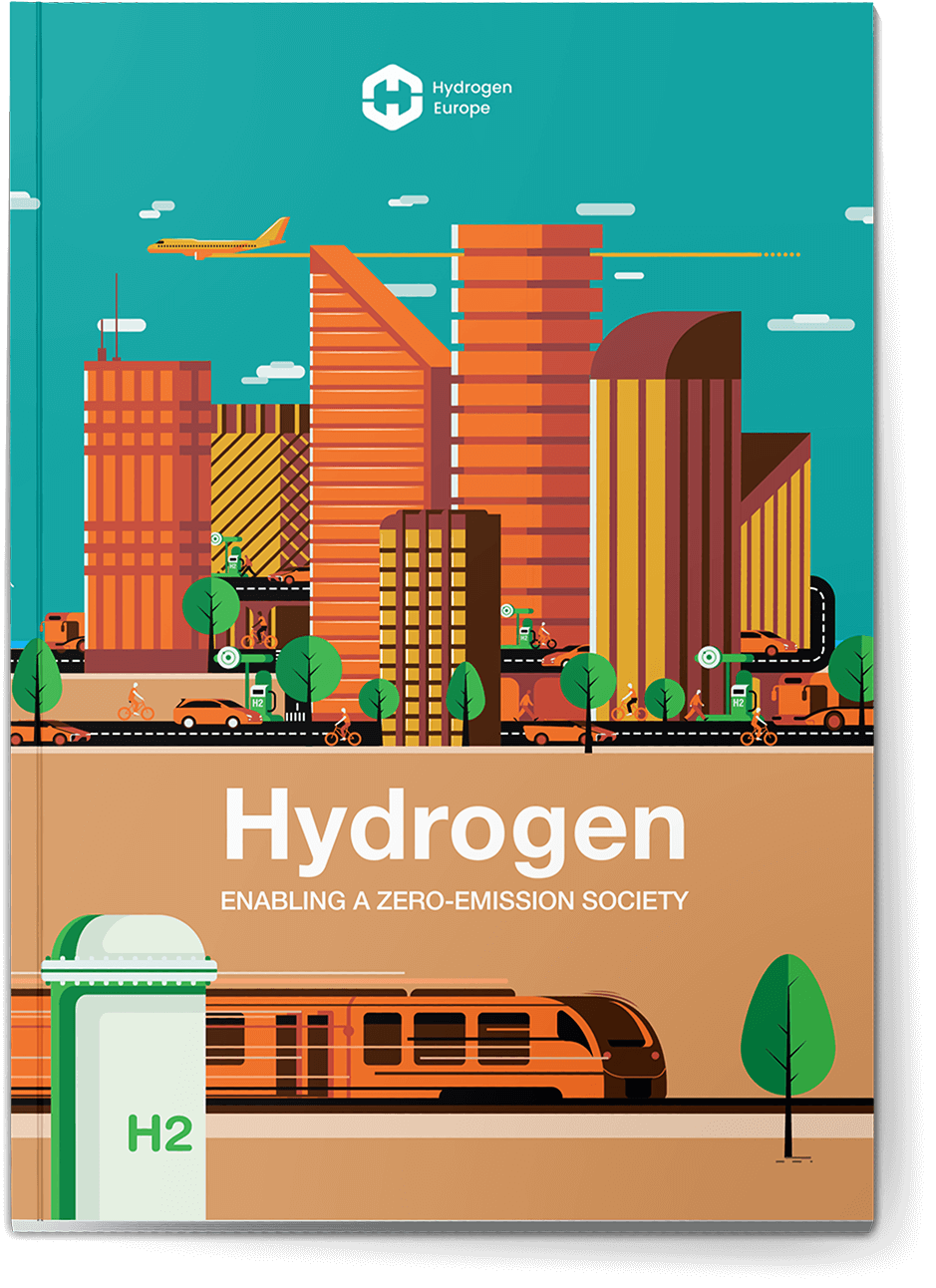Renewable Hydrogen at the Heart of ENGIE’s Strategy
Hydrogen is a decarbonization accelerator and a growth driver for ENGIE.
To achieve a carbon-neutral future, the Group relies on a diversified energy mix and has clear objectives for the development of hydrogen production, transport and storage capacities. One of the most ambitious roadmaps, announced by CEO Catherine MacGregor in May 2021, is in line with ENGIE’s front-runner position on renewable hydrogen.
What is the Group’s hydrogen strategy?
The hydrogen we are talking about at ENGIE is renewable hydrogen, knowing that low-carbon hydrogen will – with no doubt – be necessary temporarily, to accelerate the market. It fits naturally and consistently into ENGIE’s overall strategy, with concrete projects across the entire hydrogen value chain, from design to operation of facilities. Our conviction is that hydrogen is a major energy vector to move towards a carbon-neutral economy, in addition to renewable energies. At ENGIE, we are very present in electricity, particularly renewable, and historically in gas – which will become green. It is a link between infrastructure, renewable energies and the decarbonization of our customers. Our ambition is to support industrial players and heavy mobility such as road, rail, sea and air transport to achieve their carbon neutrality objectives. By 2030, we plan to develop a green hydrogen production capacity of 4 GW, have 700 km of dedicated hydrogen networks and 1 TWh of storage capacity, and manage more than 100 refueling stations.
Where does ENGIE stand today?
Five years ago, we were pioneers and we naturally focused on pilot projects and their scaling up. We are now targeting large-scale projects, focusing on industrial areas where ENGIE is already present. I am thinking, for example, of the HyNetherlands project, in Holland, which is a good illustration of our ambition to decarbonize industry in a complex port ecosystem. The project aims to develop, build and operate one of the first large-scale industrial value chains in Europe for the production of emethanol, combining renewable hydrogen and biogenic CO2. I am also thinking of many mobility projects at French regional level, such as HYGO in Brittany, with Michelin, or Hyport in Toulouse.

As for infrastructure, we are on pilot projects, for hydrogen transport and storage using existing gas infrastructure. The Storengy HyPSTER demonstrator will, from 2023, allow to test the production and storage of hydrogen in a salt cavern, on the Etrez site, also in France. The MosaHyc project, a French-German-Luxembourg transborder project, led by GRTGaz, targets the conversion of 70km of existing network and the construction of 30km of new transport hydrogen pipes.
Internationally, we are present in both industry and heavy mobility, as we produce hydrogen to fuel Anglo-American’s giant trucks in the world’s largest platinum mine, in Mogalakwena in South Africa. This solution to decarbonize the mining industry is replicable in other geographies and with other customers and that is what we are looking at in Chile in particular.
What do you need to accelerate and scale up in Europe?
At European level, more than 20 billion euros are planned to develop the hydrogen sector. The French government’s 2030 Recovery Plan provides for an envelope of around 10 billion euros, which does not yet include infrastructure. Storage, in particular, will provide flexibility to compensate for the intermittency of renewables.
We are on the right track; however, the market requires a stable European regulatory system as well as a simplification of the processes which will accelerate the effective allocation of subsidies (Innovation Fund, IPCEI, etc.). This will support the market acceleration needed to achieve industrial scale and therefore reduce production costs.
Green hydrogen will need to be competitive in order to replace grey hydrogen. This requires having renewable energy available and at low cost. Customer engagement will also be key to project development and investment decisions. ENGIE is fully mobilized to create future hydrogen ecosystems with its public and private stakeholders.



